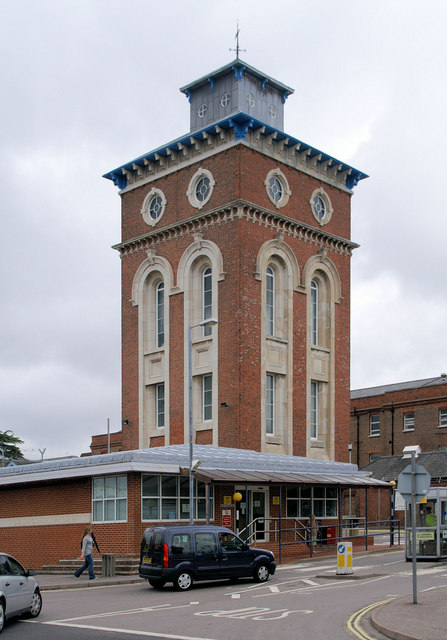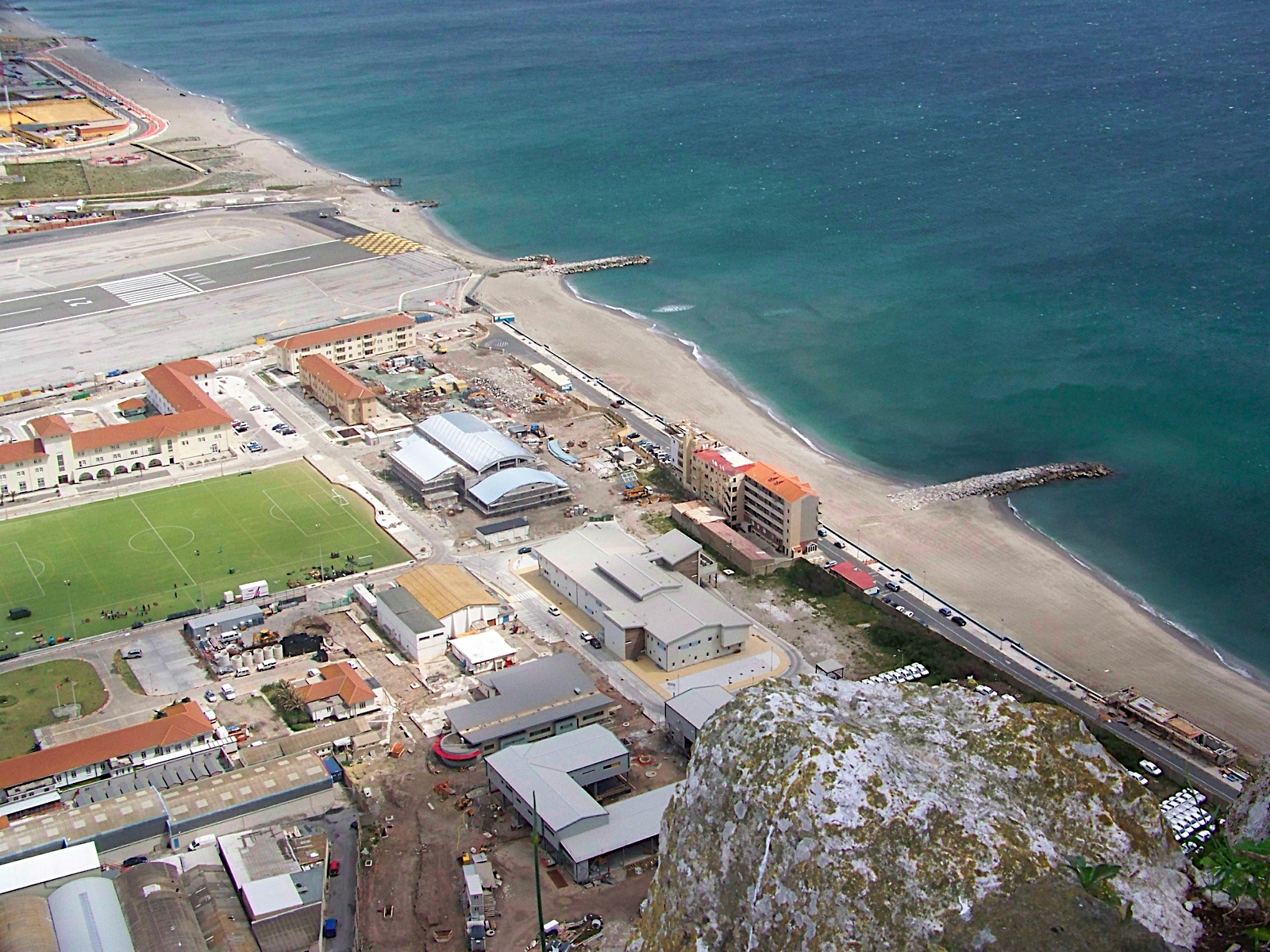|
Royal Naval Hospital (other)
A Royal Naval Hospital was a hospital operated by the British Royal Navy. Royal Naval Hospital may also refer to: London * Royal Naval Hospital, Greenwich, London * Royal Naval Hospital, Portland, Dorset * Royal Naval Hospital, Stonehouse, Plymouth * Royal Naval Hospital Haslar, Gosport, Hampshire Elsewhere * Royal Naval Hospital, Herne Bay, Sydney, Australia * Royal Naval Hospital (Hong Kong) * Royal Naval Hospital Gibraltar The Royal Naval Hospital Gibraltar (RNH Gibraltar), formerly the British Military Hospital Gibraltar (BMH Gibraltar), was a military hospital founded c. 1903 to provide healthcare for British military personnel and local sailors. The facility, l ... See also * Naval Hospital (other) {{disambiguation ... [...More Info...] [...Related Items...] OR: [Wikipedia] [Google] [Baidu] |
Royal Naval Hospital
A Royal Naval Hospital (RNH) was a hospital operated by the British Royal Navy for the care and treatment of sick and injured naval personnel. A network of these establishments were situated across the globe to suit British interests. They were part of the Royal Naval Medical Service. No Royal Naval Hospitals survive in operation, although some have become civilian hospitals. Early history Individual surgeons had been appointed to naval vessels since Tudor times. During the seventeenth century, the pressures on practitioners grew, as crews began to be exposed to unfamiliar illnesses on increasingly long sea-voyages. One response, as proposed in 1664, was the provision of hospital ships to accompany the fleet on more distant expeditions. Another was the provision of temporary shore-based hospitals, such as those briefly set up during the Anglo-Dutch Wars in such locations as Ipswich, Rochester, Harwich and Plymouth (the latter being established on a more permanent footing in 1689) ... [...More Info...] [...Related Items...] OR: [Wikipedia] [Google] [Baidu] |
Royal Naval Hospital, Greenwich
Greenwich Hospital was a permanent home for retired sailors of the Royal Navy, which operated from 1692 to 1869. Its buildings, in Greenwich, London, were later used by the Royal Naval College, Greenwich and the University of Greenwich, and are now known as the Old Royal Naval College. The word "hospital" was used in its original sense of a place providing hospitality for those in need of it, and did not refer to medical care, although the buildings included an infirmary which, after Greenwich Hospital closed, operated as Dreadnought Seaman's Hospital until 1986. The foundation which operated the hospital still exists, for the benefit of former Royal Navy personnel and their dependants. It now provides sheltered housing on other sites. History The hospital was created as the Royal Hospital for Seamen at Greenwich on the instructions of Queen Mary II, who had been inspired by the sight of wounded sailors returning from the Battle of La Hogue in 1692. She ordered the King Charl ... [...More Info...] [...Related Items...] OR: [Wikipedia] [Google] [Baidu] |
Royal Naval Hospital, Portland
The Portland Royal Naval Hospital was a naval hospital on the Isle of Portland, Dorset, England. Serving HMNB Portland at Portland Harbour, the hospital is located close to Castletown. Discounting earlier, temporary incarnations of the hospital, the permanent naval hospital was built at the beginning of the 20th century. It closed in 1957, when it was handed over to the National Health Service, which still runs the hospital as NHS Portland Community Hospital. History Before the main hospital was constructed, an early incarnation was established in the naval dockyard, while the Portland Royal Navy's Sick Quarters and Zymotic Hospital (Infectious Diseases branch) was located at Castle Road, near the incline of the Merchant's Railway. Around the turn of the century, a permanent general hospital at Castle Road was established. Completed by 1906, the original site was made up of an officers' block, administration block, surgical block and medical block. An un-timetabled station, Po ... [...More Info...] [...Related Items...] OR: [Wikipedia] [Google] [Baidu] |
Royal Naval Hospital, Stonehouse
The Royal Naval Hospital, Stonehouse was a medical facility for naval officers and other ranks at Stonehouse, Plymouth. History The naval hospital was built between 1758 and 1765 to a design by the little-known Alexander Rovehead. The design was influential in its time: its pattern of detached wards (arranged so as to maximise ventilation and minimise spread of infection) foreshadows the 'pavilion' style of hospital building which was popularised by Florence Nightingale a century later. The site for the hospital was formerly known as the mill fields (after the nearby tide mills on Stonehouse Creek). Towards the end of the century, Stoke Military Hospital was built by the Army, facing the naval hospital directly across the creek. The hospital closed in 1995; it is now a gated residential complex called The Millfields. The site contains over 20 listed buildings and structures. Description The hospital housed 1,200 patients in sixty wards, its ten ward blocks being arranged aroun ... [...More Info...] [...Related Items...] OR: [Wikipedia] [Google] [Baidu] |
Royal Naval Hospital Haslar
The Royal Hospital Haslar in Gosport, Hampshire, was one of several hospitals serving the local area. It was converted into retirement flats between 2018 and 2020. The hospital itself is a Grade II listed building. History Formation and operation The Admiralty acquired the site selected for the hospital, Haslar Farm, whose name came from Anglo-Saxon ''Hæsel-ōra'' ( en, Hazel Bank), in 1745. The building was designed by Theodore Jacobsen and construction of the main building was completed in on 23 October 1753. On completion it was the largest brick building in Europe. Building works cost more than £100,000, nearly double the cost of the Admiralty headquarters in London. In its early years it was known as the Royal Hospital Haslar. Patients usually arrived by boat (it was not until 1795 that a bridge was built over Haslar Creek, providing a direct link to Gosport). Built on a peninsula, the guard towers, high brick walls, bars and railings throughout the site were all des ... [...More Info...] [...Related Items...] OR: [Wikipedia] [Google] [Baidu] |
Royal Naval Hospital, Herne Bay
The Royal Naval Hospital, Herne Bay was a Royal Naval Hospital based at Herne Bay (now Riverwood), near Sydney, Australia. The hospital was used chiefly in Second World War, and a young Cynthia Cooke served there in 1944–45. In mid-September 1945, the hospital provided equipment to HMS Glory in order to set up a medical facility in the hangar, along with thirty-six medical staff from the Voluntary Aid Detachment and Queen Alexandra's Royal Naval Nursing Service Queen Alexandra's Royal Naval Nursing Service (QARNNS) is the nursing branch of the British Royal Navy. The Service unit works alongside the Royal Navy Medical Branch. As of 1 January 2006, according to former Ministry of Defence junior minist .... Thirty-six deaths occurred at Herne Bay in the period 1945–46. References Former hospitals in Sydney Military hospitals in Australia {{Australia-hospital-stub ... [...More Info...] [...Related Items...] OR: [Wikipedia] [Google] [Baidu] |
Royal Naval Hospital (Hong Kong)
Royal Naval Hospital (Hong Kong) was the Royal Navy's medical facility in the colony. The RNH began in 1841 in a matshed on the site of the Wellington Barracks on Hong Kong Island. A typhoon destroyed the hospital and was temporarily located on HMS ''Minden'', a third-rate sailing ship. This ship was replaced by HMS ''Alligator'' in 1846, a sixth-rate frigate and HMS ''Melville'', another third-rate sailing ship in 1857. The hospital returned to shore briefly at the Seamen's Hospital in 1873 and then to the Mount Shadwell, now home to Ruttonjee Hospital until it was destroyed during World War II. The funding for the Seamen's Hospital came from ''HMS Melville'', which was sold for HK$35,000, after which the proceeds were used to establish the shore facilities.Peter Davis"The Royal Naval Hospital, Hong Kong" Retrieved 2008-02-02. After the war the RNH was located on two floors of the Queen Mary Hospital. In 1946 the hospital relocated to the War Memorial Nursing Home on t ... [...More Info...] [...Related Items...] OR: [Wikipedia] [Google] [Baidu] |
Royal Naval Hospital Gibraltar
The Royal Naval Hospital Gibraltar (RNH Gibraltar), formerly the British Military Hospital Gibraltar (BMH Gibraltar), was a military hospital founded c. 1903 to provide healthcare for British military personnel and local sailors. The facility, located on Europa Road in the British Overseas Territory of Gibraltar's South District, comprised three buildings. The hospital was transferred to the Royal Navy in 1963. It closed in 2008, and underwent residential conversion that began prior to the hospital's closure. History British Military Hospital The British Military Hospital Gibraltar opened c. 1903 to provide medical care for local sailors and British military personnel in Gibraltar. It was located on Europa Road in the British Overseas Territory of Gibraltar at the southern end of the Iberian Peninsula. It included three three-story buildings, with a capacity of about three hundred beds. The light blue colour of its exterior gave the hospital its nickname, the Wedgwood Castle. Vi ... [...More Info...] [...Related Items...] OR: [Wikipedia] [Google] [Baidu] |

.jpg)

